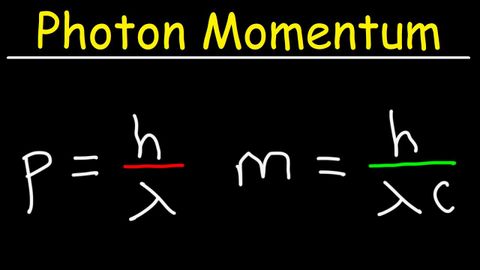光子運動量と有効質量 (Photon Momentum and Effective Mass)
kevin が 2024 年 10 月 02 日 に投稿  この条件に一致する単語はありません
この条件に一致する単語はありませんUS /ˈkɑnstənt/
・
UK /'kɒnstənt/
US /ˈnɛɡətɪv/
・
UK /'neɡətɪv/
- n.マイナスの電極;否定文の;「いや」という返事;写真や映画のネガ
- adj.嫌な;負の数の;悲観的な;否定的;陰性の;負の
US /ɪˈfɛktɪv/
・
UK /ɪˈfektɪv/
- v.t.おごる;治療する;扱う;処理する
- n. (c./u.)おごり;珍味;ご褒美
エネルギーを使用
すべての単語を解除
発音・解説・フィルター機能を解除
